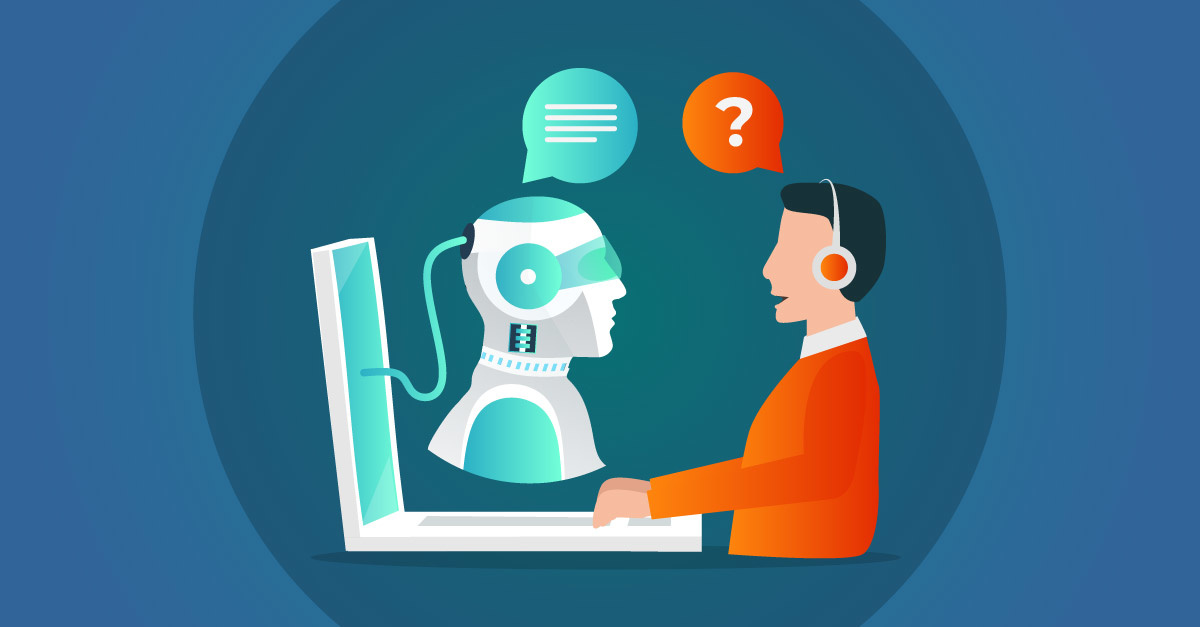The Three Challenges of AI Regulation
Learn about the major challenges in regulating AI, including the velocity of AI development, the complexity of AI systems, and the international landscape. Explore potential solutions to address these challenges and promote responsible AI usage.
Author
EZ-AIThe Three Challenges of AI Regulation
Artificial intelligence (AI) is rapidly developing, and with it comes the need for regulation. However, there are three major challenges to regulating AI.
The velocity of AI development
AI is developing at an unprecedented pace. New AI models are being released every day, and it can be difficult for regulators to keep up. This is especially true for AI that is developed in secret or that is used in closed systems.
For example, in 2020, OpenAI released a new AI model called GPT-3. GPT-3 is a large language model that can generate text, translate languages, write different kinds of creative content, and answer your questions in an informative way. GPT-3 is still under development, but it has already learned to perform many tasks that were previously thought to be impossible for AI.
The rapid pace of AI development makes it difficult for regulators to keep up. Regulators need to understand how AI works in order to develop effective regulations. However, AI is a complex technology, and it can be difficult to understand how it works. This makes it difficult for regulators to identify potential risks and develop effective regulations.
The complexity of AI
AI systems are often very complex, making it difficult to understand how they work. This can make it difficult to identify potential risks and develop effective regulations.
For example, AI systems are often used to make decisions about who gets a loan, who gets a job, or who is eligible for benefits. These decisions can have a significant impact on people's lives, and it is important to ensure that these decisions are made fairly and accurately. However, AI systems can be biased, and it can be difficult to identify and address these biases.
The international nature of AI
AI is a global phenomenon. AI systems are developed and used all over the world, which makes it difficult to develop a single set of regulations that will be effective in all jurisdictions.
For example, the European Union has adopted a number of regulations on AI, including the General Data Protection Regulation (GDPR). However, the United States has not adopted any comprehensive regulations on AI. This means that AI systems that are developed in the United States may not be subject to the same regulations as AI systems that are developed in the European Union.
These challenges make it difficult to regulate AI effectively. However, there are a number of things that can be done to address these challenges.
One way to address the velocity of AI development is to focus on regulating the most high-risk AI applications. This would allow regulators to focus their resources on the applications that pose the greatest threat to public safety or security.
Another way to address the complexity of AI is to require developers to provide more transparency about how their systems work. This would allow regulators to better understand the risks associated with these systems and to develop more effective regulations.
Finally, the international nature of AI regulation can be addressed by developing international standards. This would allow countries to work together to develop a common set of regulations that would be effective in all jurisdictions.
Conclusion
Regulating AI is a complex challenge, but it is one that must be addressed. By addressing the three challenges outlined above, we can help to ensure that AI is developed and used in a safe and responsible manner.
FAQs
What are the main challenges in regulating AI?
AI regulation faces three key challenges: the rapid velocity of AI development, the complexity of AI systems, and the international nature of AI regulation. These factors make it difficult for regulators to keep up, understand potential risks, and develop effective regulations.
How can these challenges be addressed in AI regulation?
To tackle the challenges, regulators can focus on regulating high-risk AI applications, promote transparency by requiring developers to disclose system workings and develop international standards for consistent regulation across jurisdictions.



